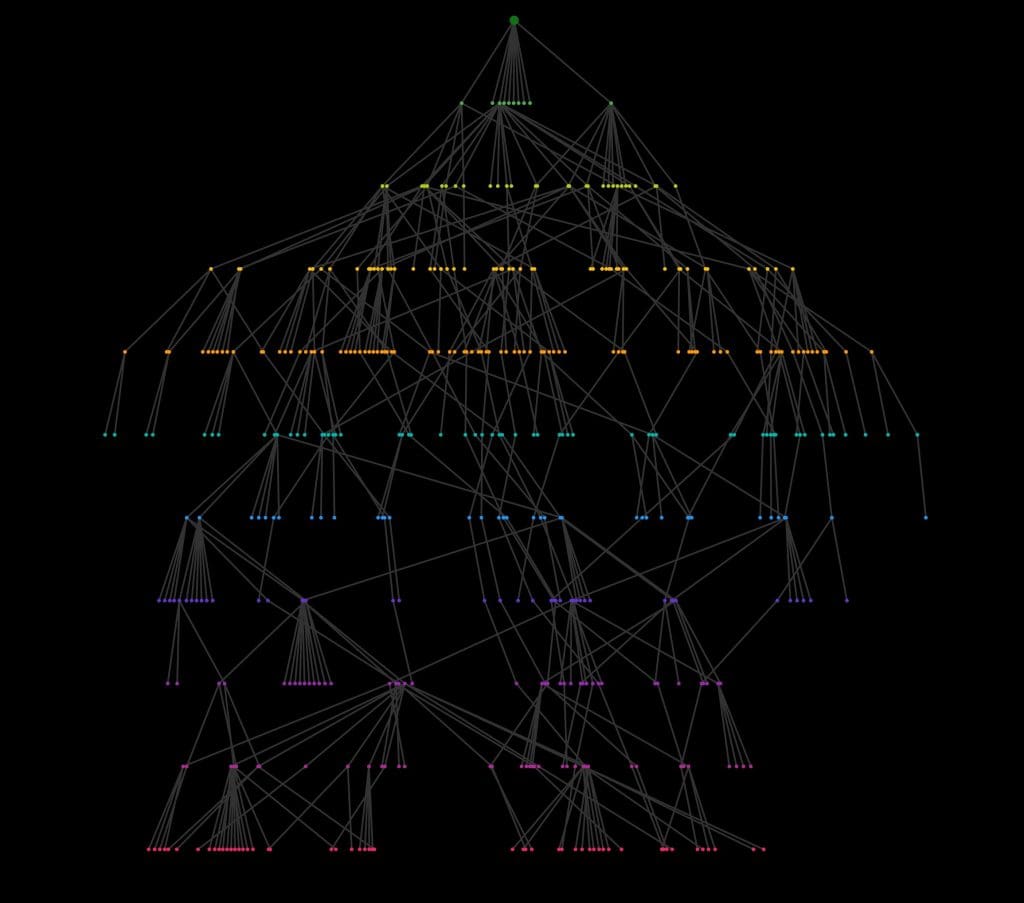(SEO This Week) – Recently a Google user posted a question to John Mueller about URL structure on Twitter.
I don't think any search engine would care either way.
— 🐄 John 🐄 (@JohnMu) January 19, 2022
In this situation, the OP was wondering if the site she was working on didn’t leverage directories (category) in their URL structure, was that hurting their site and John replied that he didn’t think so.
Questions like this come from the visualization tools that many SEOs are using these days because of the adoption of data science and data visualization methods to determine site structure. The site structure visualizations are an easy way to identify the way the website was built from a technical perspective, and they look pretty. Who doesn’t like pretty pictures?

They have also become a crutch for SEO teams and web developers because the tools are taken literally, or more specifically if the visualization isn’t structured then the site isn’t structured.
This point of view, however, doesn’t take into account the fact that visualization tools today depend entirely on the URL path. If, for example, the site is not using categories on their blog then visually the site looks like it has a home page and every other page is directly under it (flat). But, let’s say that that blog contained several topic silos that were connected via interlinking. The topic is properly structured, but the tools can’t see it thus some want to fix the structure of the website when there isn’t anything to fix.
It’s during that fix, or during the initial build, when URL structure can actually get you into trouble.
So if you have a reasonable URL structure, flat'ish or deep'ish, I'd just stick to it. If you're making a new site, pick a structure that makes maintenance & tracking easier for you, and that you can keep for 5-10 years.
— 🐄 John 🐄 (@JohnMu) January 19, 2022
As John pointed out in his follow-up tweets, your URL structure has to be “reasonable”. You don’t want your directories to go so deep that the algorithms start ignoring your pages.
Long Path Example: Domain.com/Test3/Path1/Path2/Path3/Path4/Path5/fxoejxzhh-poi-uytre/
Short-Path Example:
Domain.com/Test3/fxoejxzhh-mnz-oiwet/
In the above example, the SEO testers at SEOIntel.com found that the long path version of the URL was consistently ranked below URLs that didn’t leverage as many directories. The short-path example consistently outranked pages with longer paths, which gives tested credence to John’s statement that “if you have a reasonable URL structure” you’ll be fine moving forward with your website.
In this case, reasonable was Path 5 in the test, because it did rank in the search results. However, the shorter path helped the pages rank higher because they were more specific about the topic of the page in the URL string.
So, from this, we can garner that generally, if you keep your paths in line with the topic of the page length doesn’t matter, however, shorter URLs should be standard practice if you can help it.

